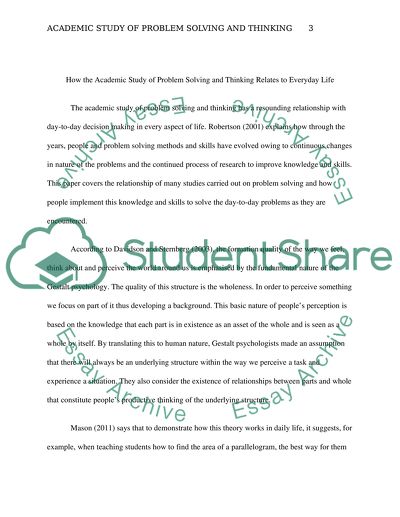Cite this document
(“How the Academic Study of Problem Solving and Thinking Relates to Essay”, n.d.)
How the Academic Study of Problem Solving and Thinking Relates to Essay. Retrieved from https://studentshare.org/psychology/1465816-write-an-essay-indicating-how-the-academic-study
How the Academic Study of Problem Solving and Thinking Relates to Essay. Retrieved from https://studentshare.org/psychology/1465816-write-an-essay-indicating-how-the-academic-study
(How the Academic Study of Problem Solving and Thinking Relates to Essay)
How the Academic Study of Problem Solving and Thinking Relates to Essay. https://studentshare.org/psychology/1465816-write-an-essay-indicating-how-the-academic-study.
How the Academic Study of Problem Solving and Thinking Relates to Essay. https://studentshare.org/psychology/1465816-write-an-essay-indicating-how-the-academic-study.
“How the Academic Study of Problem Solving and Thinking Relates to Essay”, n.d. https://studentshare.org/psychology/1465816-write-an-essay-indicating-how-the-academic-study.


